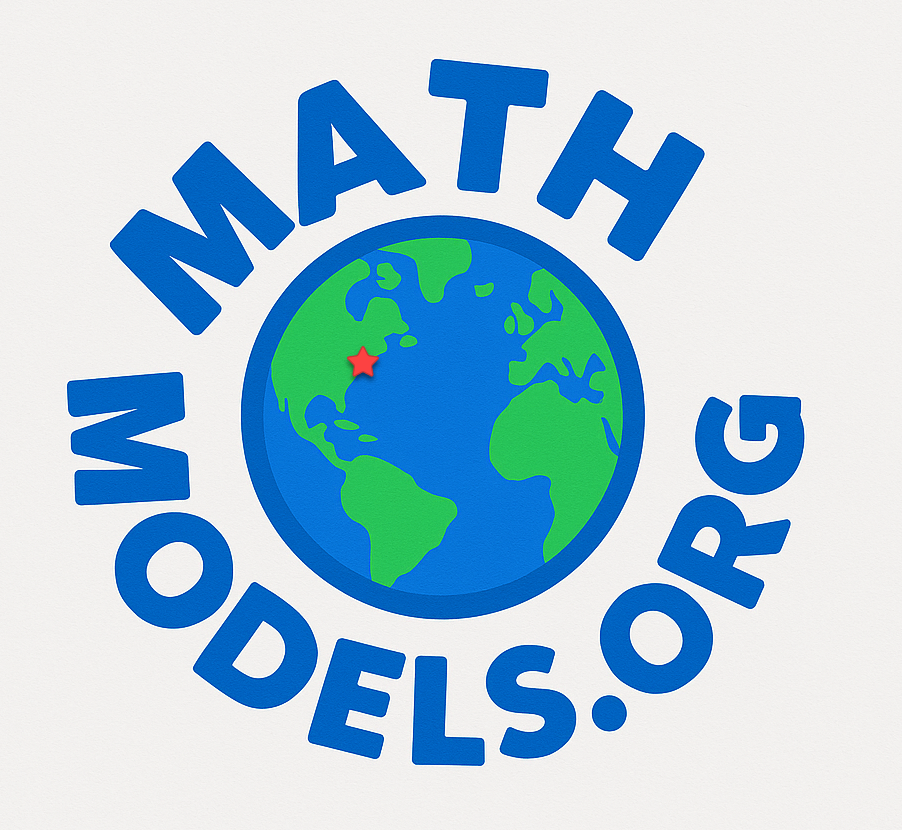Creating Food Systems: Re-Balancing Human-Influenced Ecosystems
Author: COMAP
Background:
Less than 1% of the ocean floor is covered by coral. Yet, 25% of the ocean’s biodiversity is supported in these areas. Thus, conservationists are concerned when coral disappears, since the biodiversity of the region disappears shortly thereafter.
Consider an area in the Philippines located in a narrow channel between Luzon Island and Santiago Island in Bolinao, Pangasinan, that used to be filled with coral reef and supported a wide range of species (Figure 1). The once plentiful biodiversity of the area has been dramatically reduced with the introduction of commercial milkfish (Chanos chanos) farming in the mid 1990’s. It's now mostly muddy bottom, the once living corals are long since buried, and there are few wild fish remaining due to over fishing and loss of habitat. While it is important to provide enough food for the human inhabitants of the area, it is equally important to find innovative ways of doing so that allow the natural ecosystem to continue thriving; that is, establishing a desirable polyculture system that could replace the current milkfish monoculture. The ultimate goal is to develop a set of aquaculture practices that would not only support the human inhabitants financially and nutritionally, but simultaneously improve the local water quality to a point where reef- building corals could recolonize the ocean floor and co-exist with the farms.
Problem Download

Mathematics Topics:
Application Areas:
You must have a Mathmodels Membership to download Student Papers and Commentary.
If you're already a member, login here.